
When discussing Japan's most popular dishes, yakiniku (Japanese BBQ) is one of the to-go responses. The styles and features of yakiniku restaurants vary widely from store to store, but as long as you know the basics of how to tuck into a proper yakiniku feast, you'll be able to enjoy any type of yakiniku restaurant you come across! Check out these tips on how to eat yakiniku.
What's Yakiniku?
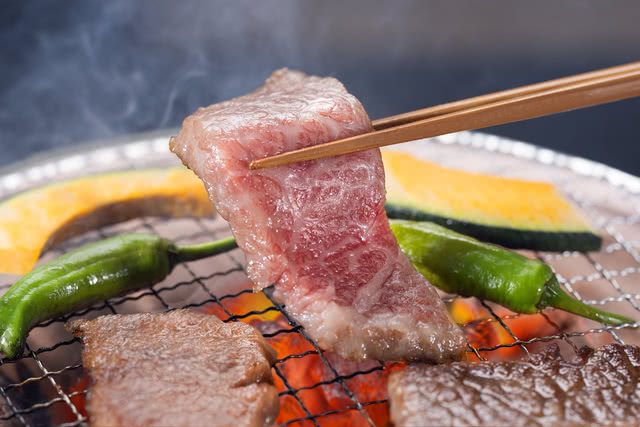
Different from grilled meat cuisine in the West, yakiniku is unique in that the customers usually cook the meat themselves. For this reason, restaurants serve items on the menu like kalbi and tongue to customers as raw slices. The tables are installed with special roasters or charcoal burners covered with iron griddles or mesh grills so guests are able to cook their meat by themselves at their seats. Special dipping sauces, lemon sauce, and other seasonings are provided in small dishes, so try dipping your grilled slices of meat in them.
Meat Cuts and Tips on Grilling
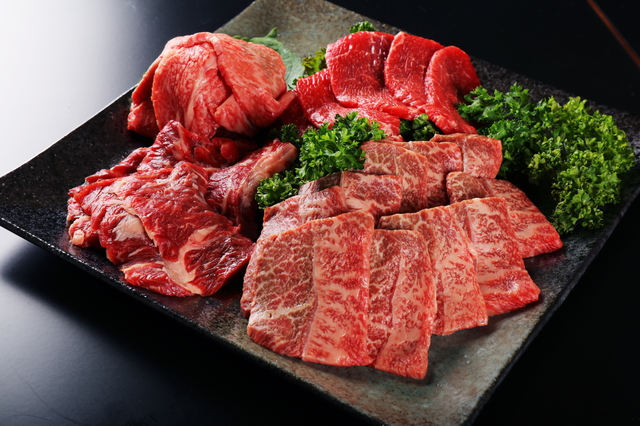
Loin: The back meat spanning from the shoulder to the lower back. Both sides of the backbone are called the "chuck", and the parts continuing on from there are called "ribeye."
Kalbi: The meat surrounding the rib cage. Tender with umami (Japanese savory taste), this is a particularly popular cut in the yakiniku world. Sometimes it comes out pre-seasoned with sauce.
Skirt: The muscle area of the diaphragm. Tender and rich in fat with the texture of lean meat. The part touching the lumbar vertebrae is known as the "hanging tender", and is valued very highly.
Offal: The general term for intestines. If there's a high amount of fat, you can remove the excess by thoroughly grilling it.
Things to Know When Eating Yakiniku
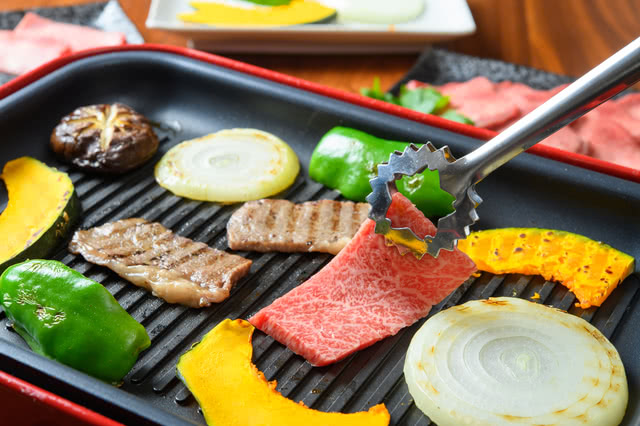
On the menu, there are a wide variety of choices like tongue and kalbi. Some of the meat comes out sliced with nothing else added to it, while other cuts have been seasoned with sauce. Typically, it's recommended to start cooking the unseasoned meat first and save the seasoned meat for later. This helps keep your mesh grill and iron griddle clean, and stops the sauce from affecting the flavor of the other ingredients.
After going through a few rounds of meat, you'll inevitably have marks from grilling the meat on your cooking surface. When this happens, you can call the restaurant staff to have them change out your mesh griddle or iron griddle for a new one.
What Kind of Side Dishes Are There?
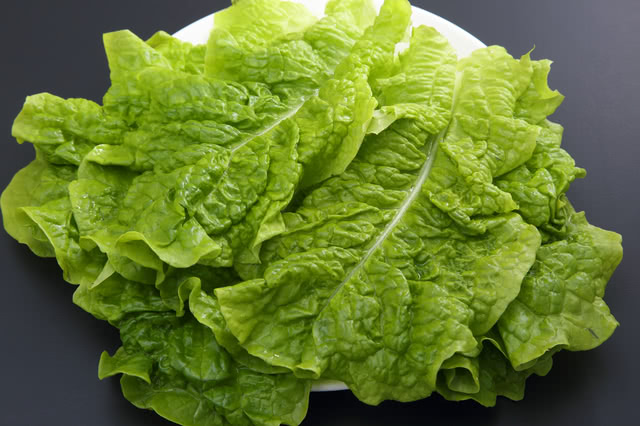
Since yakiniku was originally Korean, many of the other side dishes are Korean too. The most well-known dishes on the side menu are vegetable side dishes like kimchi and namul, the popular Korean noodle dish "reimen", and stone pot bibimbap, where rice is served with meat and other toppings in a hot stone bowl.
Popular Yakiniku Restaurants

1. Gazan Garden (Kamiyacho)
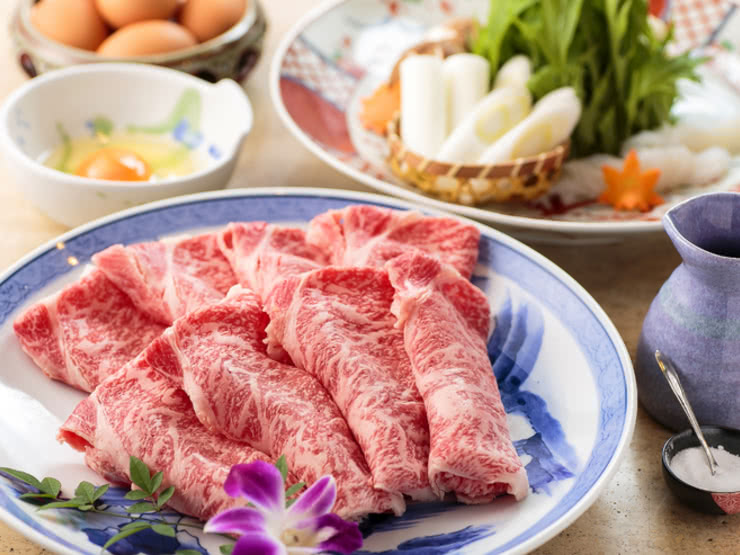
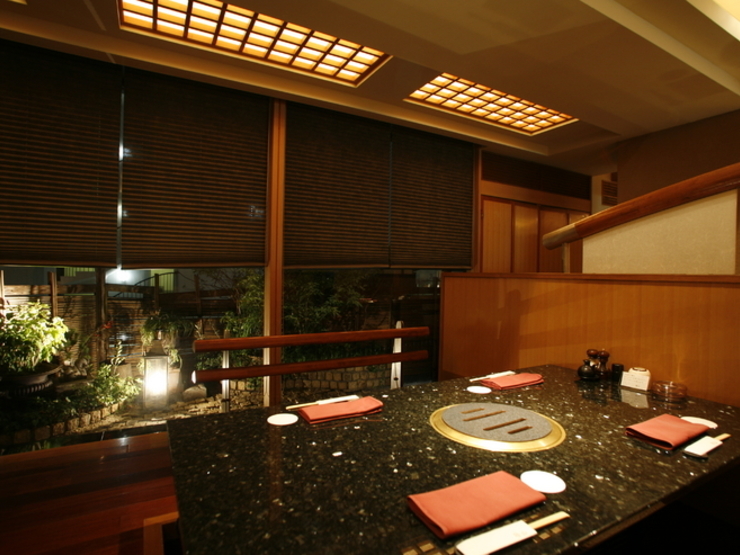
Gazan Garden
More Details
2. Yakiniku Okuu Shinbashi Branch (Shinbashi)
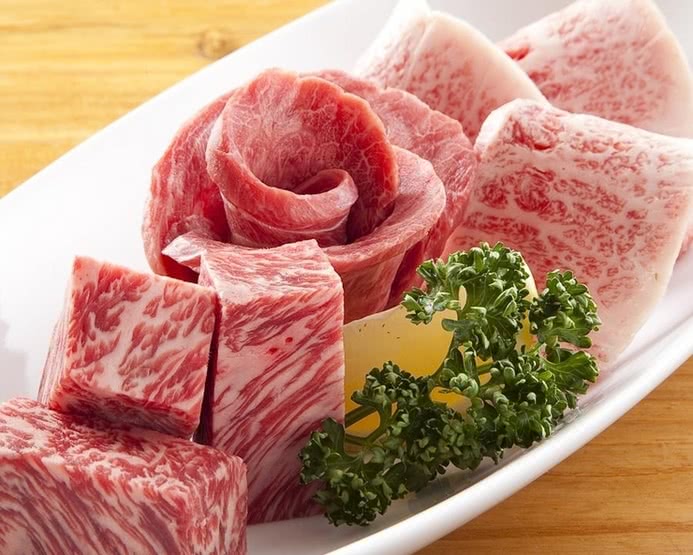

Yakiniku Okuu Shinbashi branch
More Details
3. Rokkasen (Shinjuku)
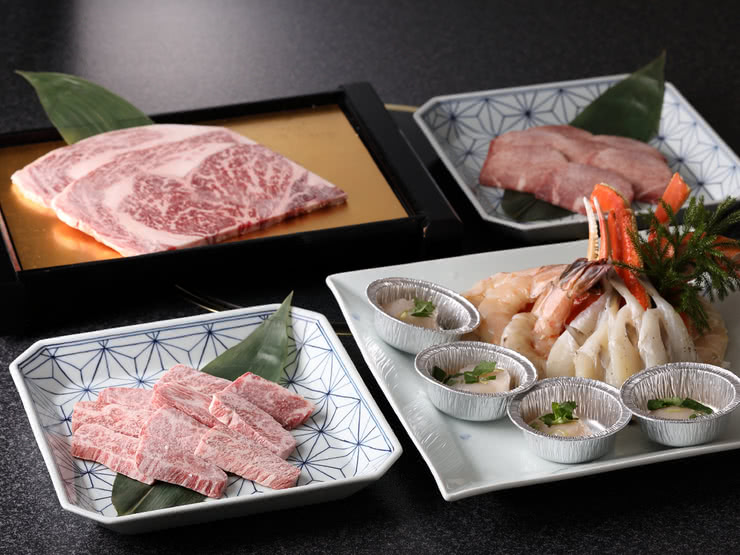
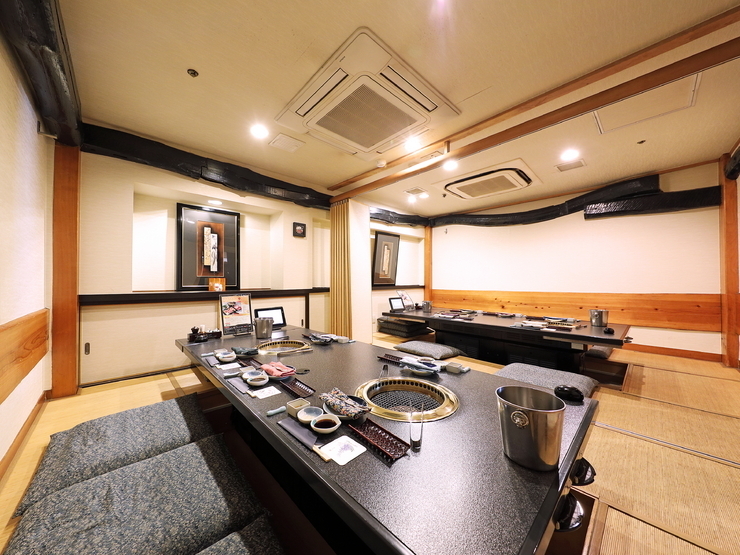
Rokkasen
Closed: None
Average price: [Dinner] 8,000 JPY / [Lunch] 2,000 JPY
Access: 2-minute walk from [Shinjuku Station]
Address: 6F, 7F, Sunflower Bldg., 1-3-1, Nishi Shinjuku, Shinjuku-ku, Tokyo (Map)
More Details Reservation
4. NIKUSHO Nakata (Omote-sando)

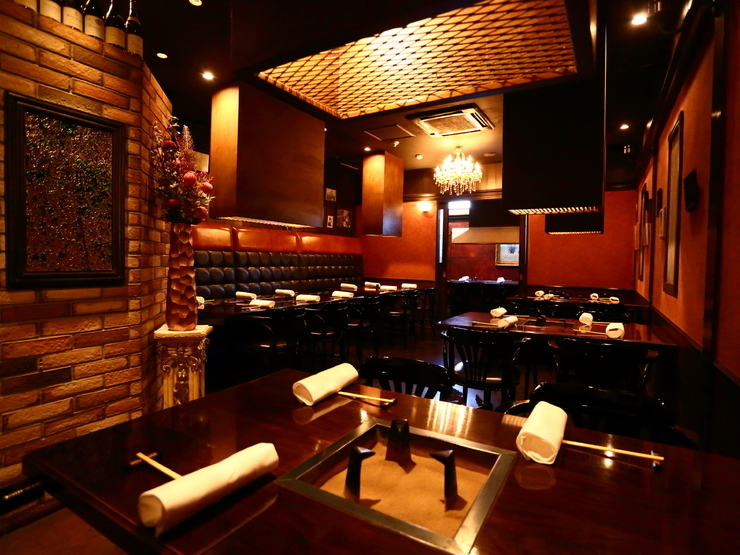
NIKUSHO Nakata
Closed:
Average price: [Dinner] 13,000 JPY
Access: Walk for 15 minutes from either: [Omotesando Station] Exit A4, [Nogizaka Station] Exit 5, or [Gaienmae Station] Exit A1.
Address: 1F, NK Aoyama Homes, 2-2-2, Nishi Azabu, Minato-ku, Tokyo (Map)
More Details Reservation
5. Itamae Yakiniku Itto Tenka Chaya Main Store (Imafune)
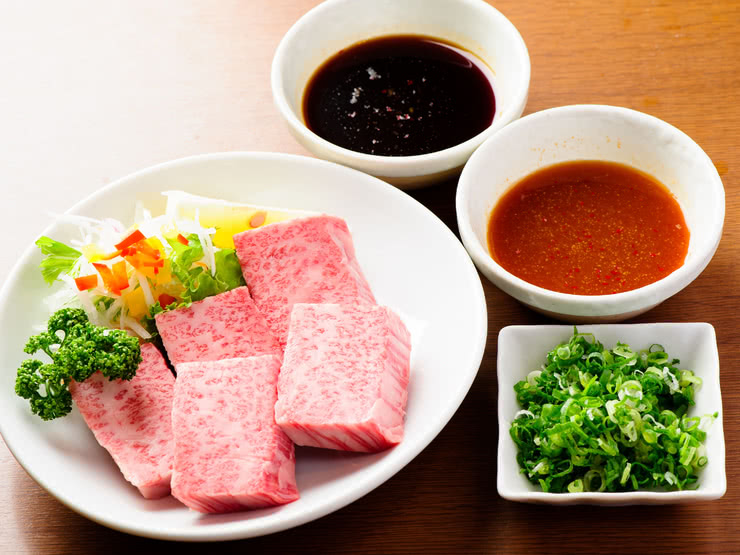
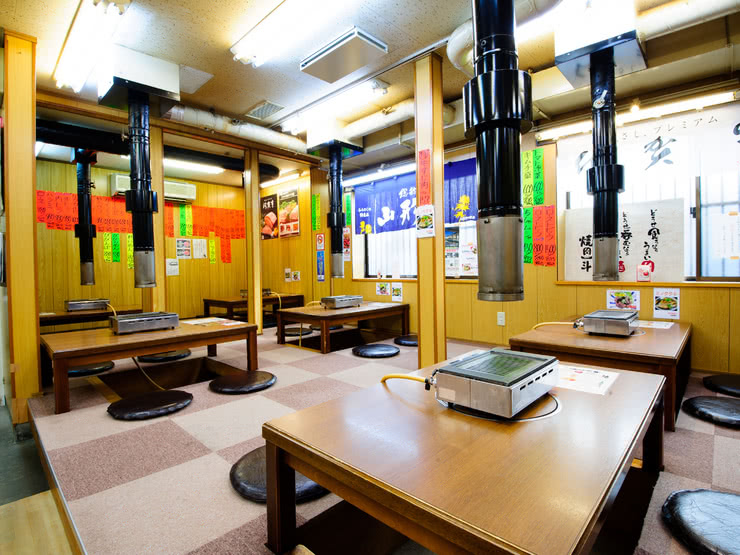
Itamae Yakiniku Itto Tenka Chaya Main Store
Closed: Mondays
Average price: [Dinner] 4,500 JPY
Access: 1 minute walk from "Imafune Station" on the Hankai Tramway Hankai Line
Address: 1-23-18 Tengachaya Higashi , Nishinari-ku,Osaka-shi, Osaka (Map)
More Details









![Azabudai Hills [SUMI] (Janu Tokyo) ~ Editor's Afterword by the Editor-in-Chief of Japan's Gourmet Site](/gg/content_image//image/discover_oishii_japan/6536/article_head_150x105z.jpg)









